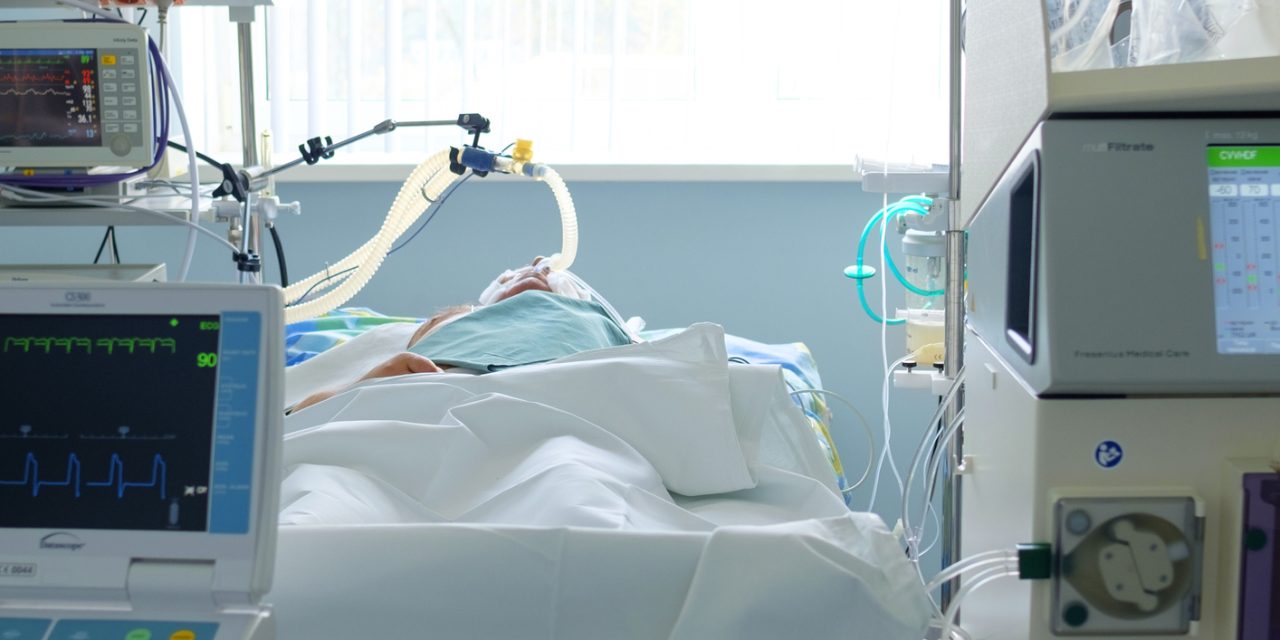Flap surgery is frequently used in plastic surgery to close tissue defects. Ischemia-reperfusion (I/R) injury is a significant problem resulting in partial or total flap necrosis. This study aimed to investigate the effect of ceruloplasmin on I/R injury in epigastric island flaps in rats.
A total of 32 male Sprague-Dawley rats were divided into four groups with eight rats in each group: The flap was not elevated in Group I; the flap was elevated without ischemia or any application in Group II, after the intraperitoneal saline and ceruloplasmin application the flaps were elevated and ischemia was created in group III-IV, respectively. Bilateral epigastric artery flap was elevated in all groups except Group I. After 6 h of ischemia, the flap was reperfused and inset. Samples were taken from the right and left side of the flap area in other groups at the postoperative 24th h for biochemical analysis (catalase and malondialdehyde-MDA) and the seventh postoperative day for histopathological analysis (Modified Verhofstad score and epidermal thicknesses), respectively. Image analysis for necrosis areas was performed on photos taken on the 7th d.
Catalase level was significantly higher in Group IV.(0.15 ± 0.04 U/mg protein) (P < 0.05) Necrosis area percentage(14.4% ± 3.3%),MDA(3.6 ± 0.9 nmol/mg protein), edema(3), necrosis(2.75), and polymorphonuclear leukocyte infiltration(2.87) scores were significantly higher in group III.(P < 0.05). Fibroblast proliferation, collagen density (0.25), vascular density (0.25) scores and epidermal thickness (15.68 µm,) was significantly lower in group III. (P < 0.05) CONCLUSIONS: Our study demonstrated that ceruloplasmin application before ischemia reduced I/R injury in epigastric island flaps in rats.
Copyright © 2021 Elsevier Inc. All rights reserved.
The Effect of Ceruloplasmin Against Ischemia-Reperfusion Injury in Epigastric Island Flap in Rats.


